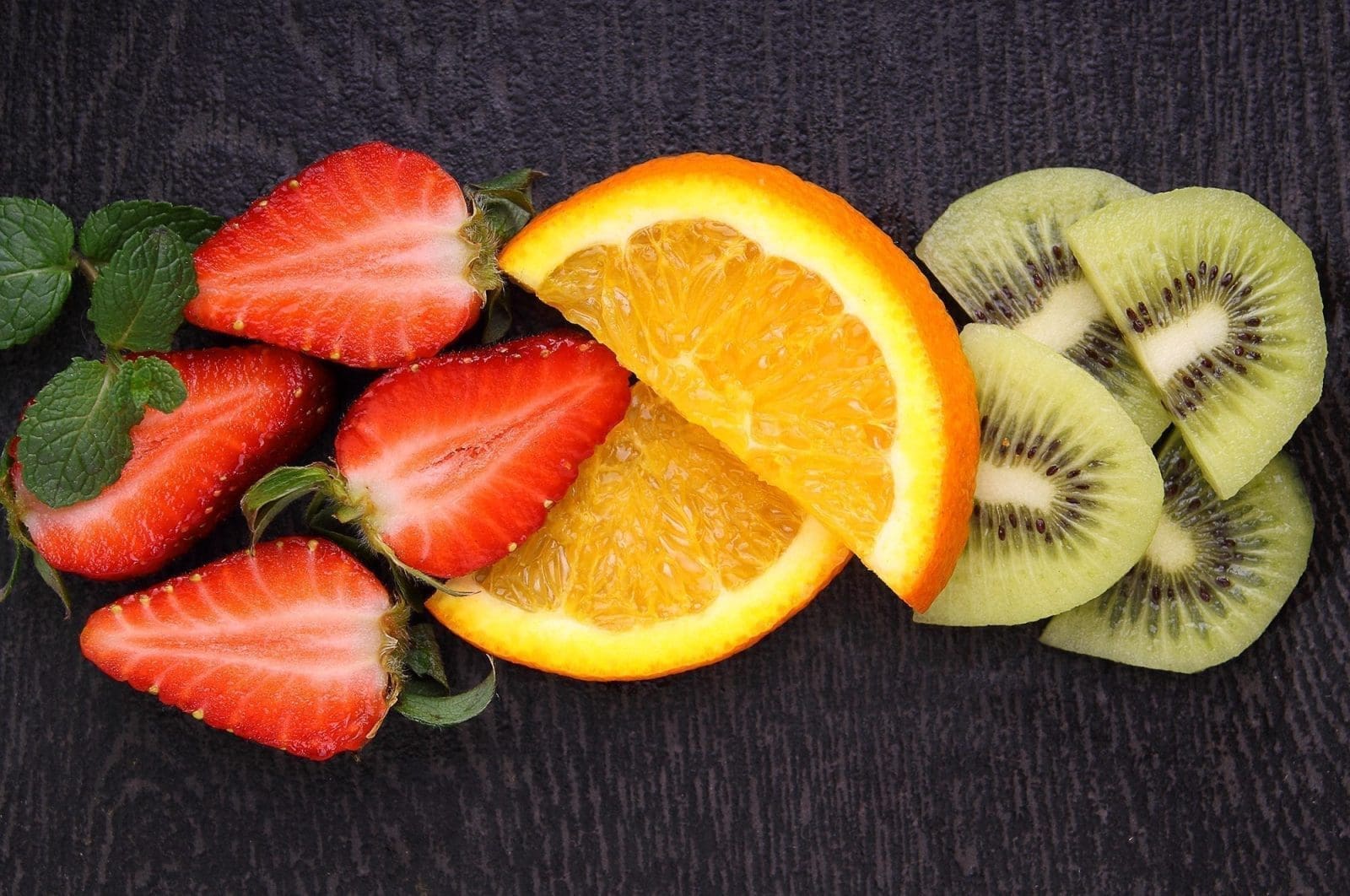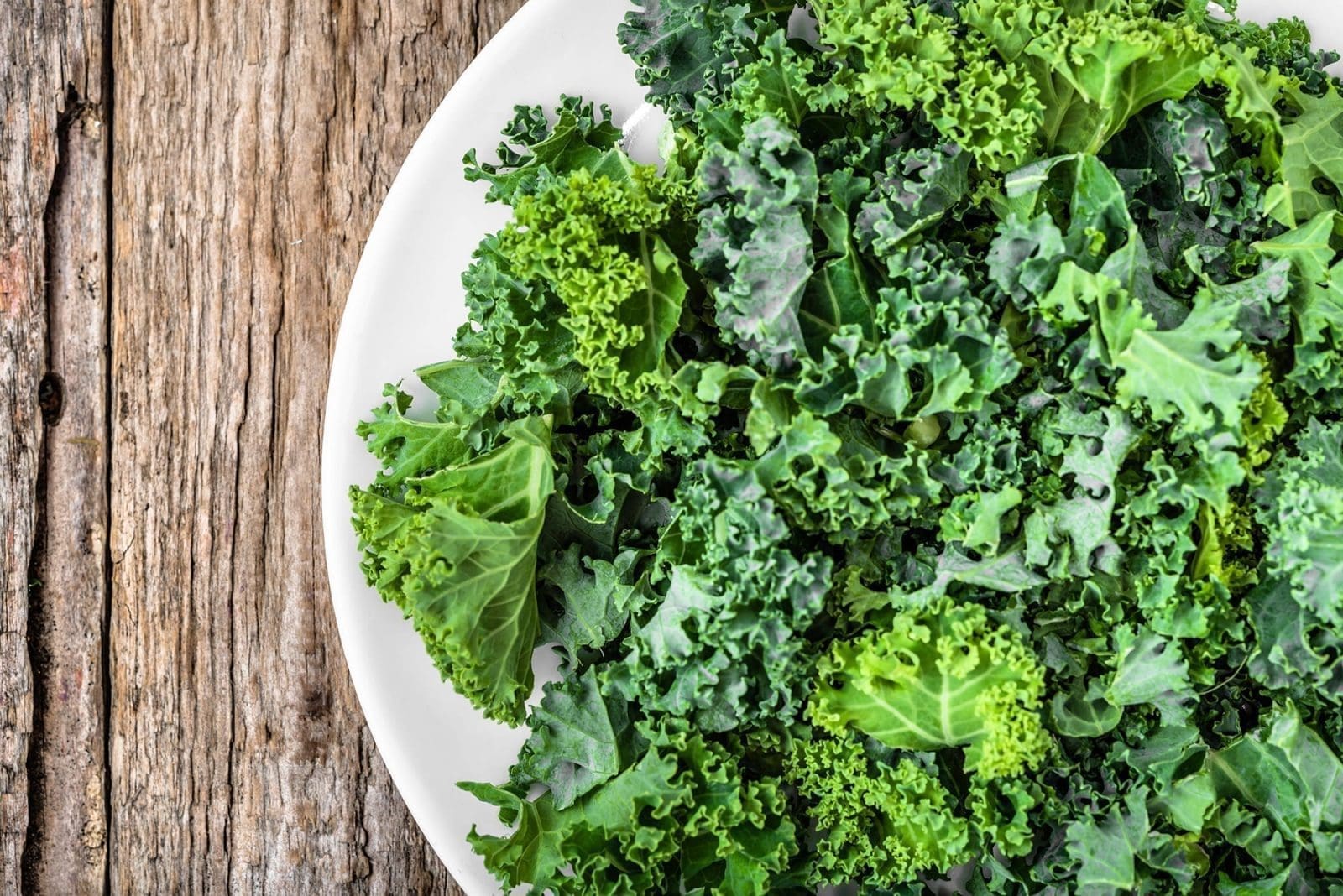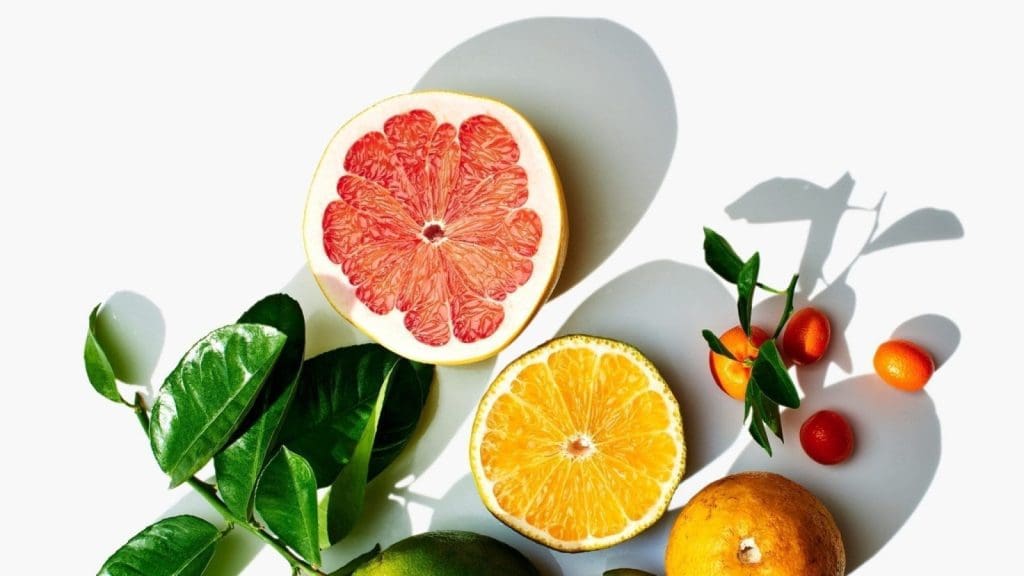Come cold and flu season (or if you happen to find yourself in the midst of a pandemic), you might have the inclination to start loading your body up with vitamin C. The essential nutrient has been known mostly for its immune-boosting powers, and can be consumed via supplements or in the very things we eat and drink. We’re not just talking about citrus fruits, either. There are a number of foods high in vitamin C from peppers and potatoes to broccoli and kiwi. Despite a number of false claims that mega doses of vitamin C could protect you from COVID-19, it wouldn’t hurt to make sure you’re getting the daily recommended value of the nutrient anyway.
Why is vitamin C important?
As I mentioned, vitamin C is widely known for its ability to support a healthy immune system. Not only can it stimulate the production of white blood cells that ward off infections and diseases, vitamin C can also promote heart health, form collagen, reduce inflammation and increase iron absorption in the body.

What’s the recommended allowance?
The Recommended Daily Allowance (RDA) for an adult man or woman is anywhere from 70mg-90mg of vitamin C. Meaning if you normally eat foods high in vitamin C, there’s typically no need to take a supplement. For reference, one medium orange contains about 70mg. While again, it may be tempting to want to go overboard during these difficult times, an overconsumption of vitamin C could lead to uncomfortable side effects such as diarrhea, vomiting, abdominal cramps, headache and insomnia.
Which foods are high in vitamin C? (besides citrus)
- Sweet Potatoes – Did you know that sweet potatoes contain more vitamin C than an orange? One 150g serving of sweet potato can contain up to 90 percent of your daily vitamin C allowance.
- Bell Peppers – Whether you’re partial to the red or green variety, one cup of chopped bell peppers can provide up to 200 percent of your daily intake of vitamin C. Red peppers measure in at 190mg, while green comes in at slightly less (120 mg).
- Red or Purple Cabbage – It may come as a surprise, but a cup of red cabbage packs in 56 percent of your daily vitamin C intake. Its color also comes from a compound called anthocyanins, which has been believed to reduce the risk of heart disease.
- Broccoli – In a normal serving size, broccoli yields about 132mg of vitamin C. And just a half cup of cooked broccoli can still provide up to 84 percent of the suggested daily value.
- Kiwi – Perhaps one of the less popular fruits, kiwi is one of the greatest immune system protectors. One piece of fruit has 64mg of vitamin C which can aid in fighting colds or the flu.
- Brussels Sprouts – Even though people have had a love-hate relationship with brussels sprouts over the years, each cup delivers about 75mg of vitamin C. Enough for the whole day.
- Strawberries – If you’re skipping citrus, strawberries make a great alternative. A single cup of strawberries amounts to almost 99 percent of the recommended daily intake of vitamin C.
- Cauliflower – One of the trendiest vegetables we’ve seen as of late, a serving of raw cauliflower comes in at 77 percent of the recommended intake.
- Kale – Kale has been a beloved superfood for years, often hidden in smoothies or tasty soups and stews. Healthline says, “one cup of chopped raw kale provides 80mg of vitamin C, or 89 percent of the DV.”

A note on cooking:
Cooking can alter the effectiveness of certain nutrients. Vitamin C, for example, loses some of its value when it’s exposed to heat, therefore the longer you cook it, the more you lose. While keeping foods in a raw state is best, methods such as steaming or blanching give you better odds of retaining the food’s nutrients.
Main image by Bon Appetit / Ted Cavanaugh
Abby is The Digest's Managing Editor. She spends her time looking at dogs on Instagram and eating her way around Jersey City.
- Abby Montanezhttps://thedigestonline.com/author/abby/
- Abby Montanezhttps://thedigestonline.com/author/abby/
- Abby Montanezhttps://thedigestonline.com/author/abby/
- Abby Montanezhttps://thedigestonline.com/author/abby/


